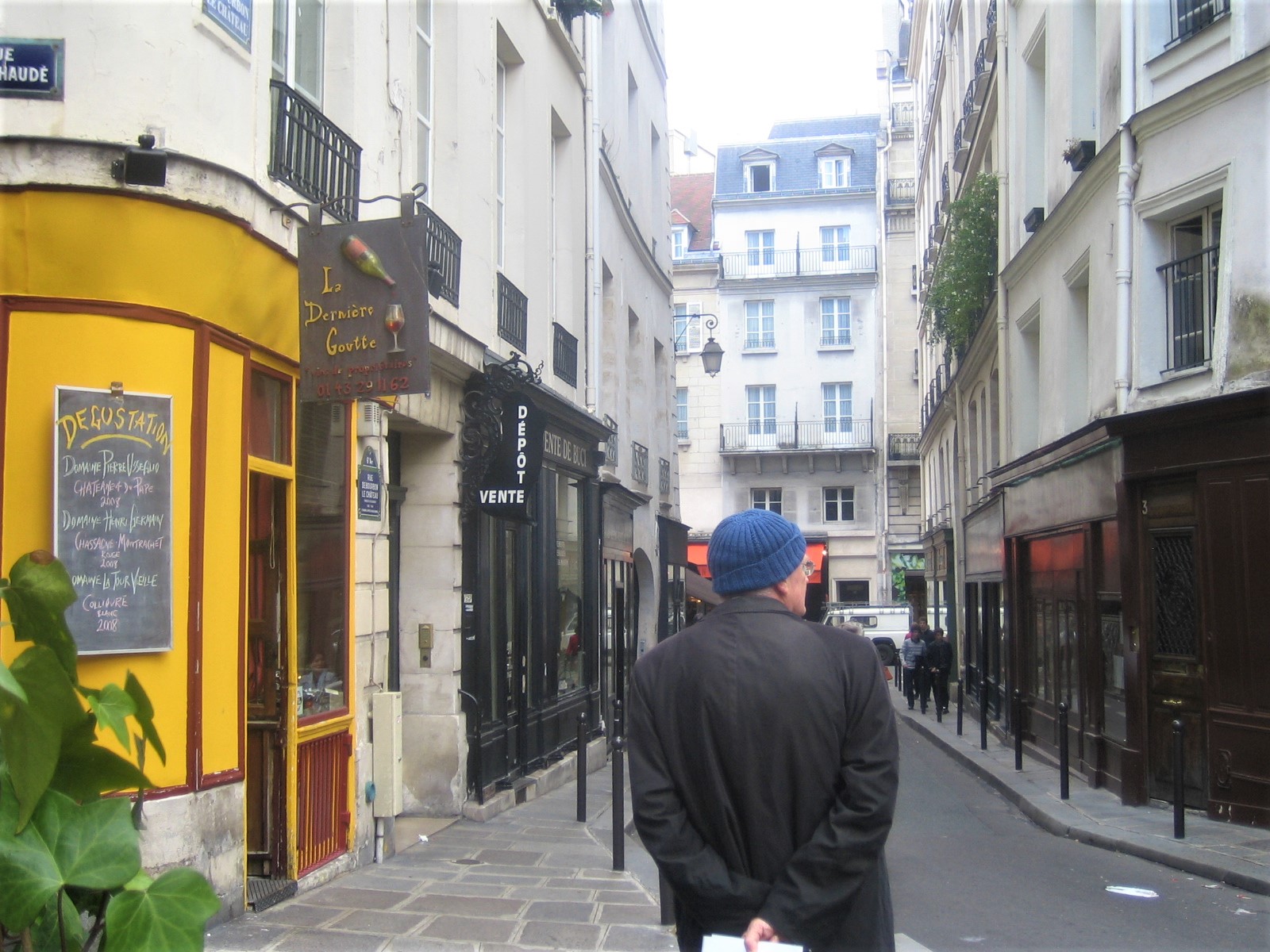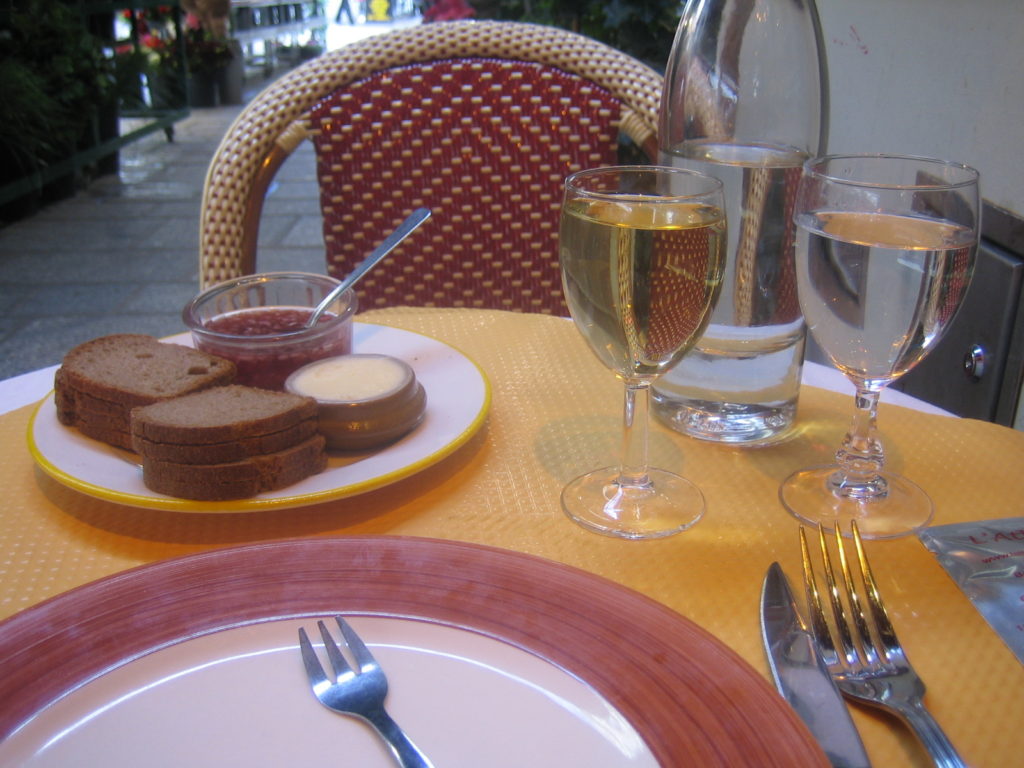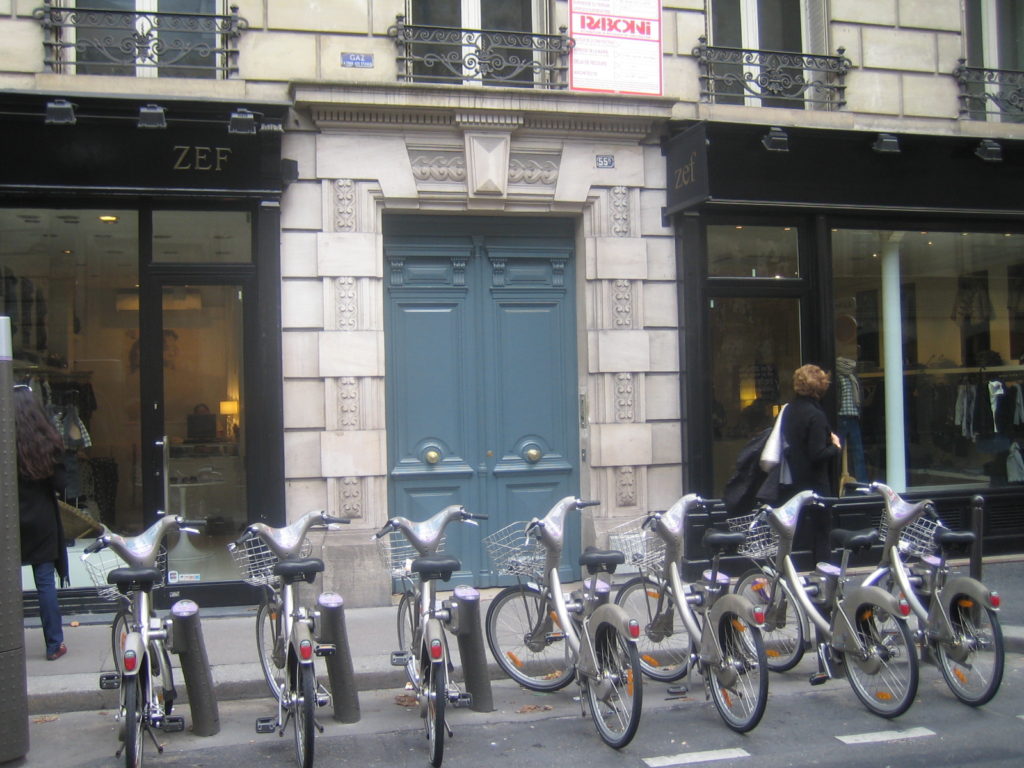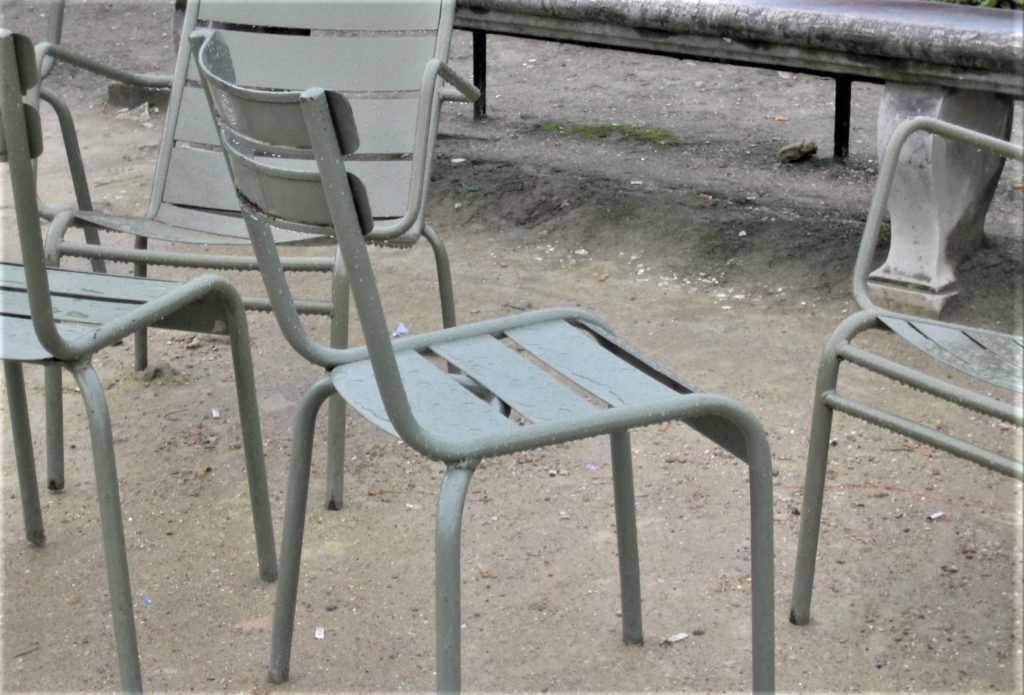This is not about food, but about the many ways you can lose yourself (in a very pleasant and creative way) in a city like Paris.
I love the open-air markets, and every day, despite the snow, there is one to be found nearby in the 5th and 6th Arrondissements (districts) on the Left Bank (and anywhere else in the city for that matter). Imagine the snow-covered ground — and the most beautiful tulips in yellow with red tinges sitting there waiting for you in the market. Or a fresh fillet of sole, an artichoke, a bunch of thyme and a Gamay red wine from the Loire. I start the morning in the market at Place Maubert in the Latin Quarter on the Left Bank, seized first by a cashmere paisley pashmina (about $38) to wrap around my jacket like the French women do (it is said all you need to look great in Paris is a great jacket and an even more terrific scarf with the most elan flourish). I buy some sardines, zucchini and olives for dinner.
Up the hill, which houses the dramatic Pantheon monument seen from afar across the city, stands a particularly inspiring church, the Église St-Étienne-du-Mont, one of the spiritual centers of Paris. In a special shrine within the church lie the remains of Saint Geneviève, the patron saint of Paris, who in the 5th century is said to have saved Paris from Attila the Hun through her prophesy. Her memory is revived each morning at 8 a.m. when the bells in four bell towers awake the neighborhood in a sustained medley — and sound out the hours and half hours and other special holy times throughout the day.
On this site in the 6th century in the basilica of Sainte-Pierre-Saint-Paul, King Clovis — who had converted to Christianity under the guidance of Saint Geneviève — along with Queen Clothilde and Geneviève herself were buried. The present church, still used as a parish church, is a worthy stop in itself, built over centuries and incorporating a number of architectural styles, primarily Gothic. Other unique features include the rood screen (or pillared gallery), the only one in Paris, and a remarkable organ. It also contains the remains of mathematician/philosopher Blaise Pascal and playwright Jean Racine. Perhaps more importantly, however, the church houses Saint Geneviève’s reliquary, which was revered until the French Revolution, then destroyed and her ashes thrown into the Seine by a gleeful mob. But in 1803 a bone fragment was recovered and placed in a reliquary now above the altar of the church.
Walking reverently through the church, I absorbed its very personal history. For example, even the tower bells have names –Charles, Marie, Étienne, and Geneviève. Before leaving, I scribed a prayer to Saint Geneviève asking her to stand by the dear ones in my life.
Looking for a special place for lunch, I trek through snow-covered Luxembourg Gardens, entering from Boulevard St. Michel. Despite the weather, two tennis courts are busy and three joggers are carefully hustling along the ice-mud paths. Years ago I spent lovely spring days there reading on the emblematic green chairs. On to Gare Montparnasse to purchase a train ticket for the next day in the country. I pass the famous bistros, where jazz-age artists and writers hung out in the 1920s — La Select, Le Dome and La Coupole (102 Blvd. du Montparnasse, 43.20.14.20), each featuring fresh oysters and decide that I wouldn’t go to the somewhat tired area unless I had another reason to do so.
Instead, I choose Cafe Le Rostand (Place Edmond Rostand, 43.54.61.58) on the edge of the Luxembourg Gardens in the 6th by the Boulevard San Michel entrance, and delight in the cliches and idiosyncracies of the Parisian scene for a couple of hours. My glum waiter arrives in jeans, a wool waist coat, tie and light blue oxford cloth shirt, a white napkin draped over his tray-carrying arm. I cheer him up by ordering a glass of Beaujolais (Brouilly) and what turns out to be an afternoon-long Camembert sandwich on a baguette. We are situated in a cafe stretched along the sidewalk, wrapped in plastic and tarps for the inclement weather — warmed by California-style outdoor heaters — and ripe with theater. To one side is a French woman with close-cropped red hair and a chirpy Pug dog, wrapped in a black sweater (the dog) and sitting in his warm dog bed that she carries with her like a back pack. Monsieur Pug decides to nip at the elegant black poodle next door, sleeping beside her owner from Seattle (whose name is Bud and who wears a black French beret to blend in easily).
I discover that I inadvertently have chosen the smoking section, as the cigars are lighting up all around me — but I note that the non-fumeur (non-smoking) section next door is devoid of anyone interesting and only has 3 patrons in the entire time I am there. So today, to lose myself in Paris, I capitulate to cheese (which I very rarely eat), a glass of wine before 5 (which also is unusual) and cigarette/cigar smoke to experience more deeply the Paris scene, such as the young woman in the other direction in magenta hair and a tangerine coat (evidently pink and orange are hot again for 2005) and the woman a few tables away drinking hot chocolate and speaking forcefully on her cell phone.
The braided green and gold rattan chairs are lined along the wall, and next to me sits a young couple — she American and he French — lighting up their Marlboros. Oddly, the Frenchman asks the waiter for directions to the nearest Starbucks, but the waiter has no clue what he’s talking about and the American girl explains in fluent French. So, I then again remember that Paris is ultimately about contradictions, as Sarah Vaughan sings “April in Paris” on my new CD as I write.




